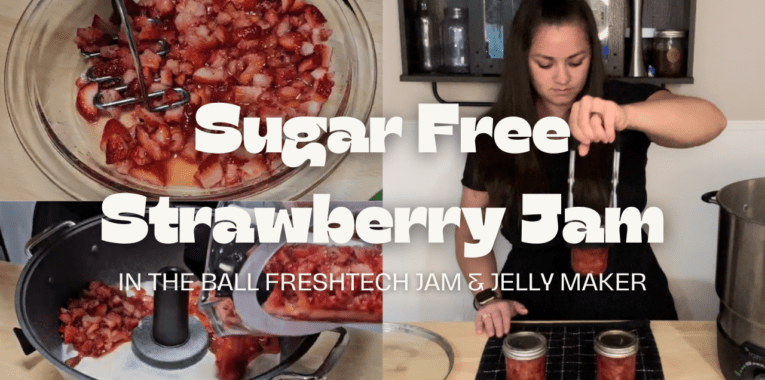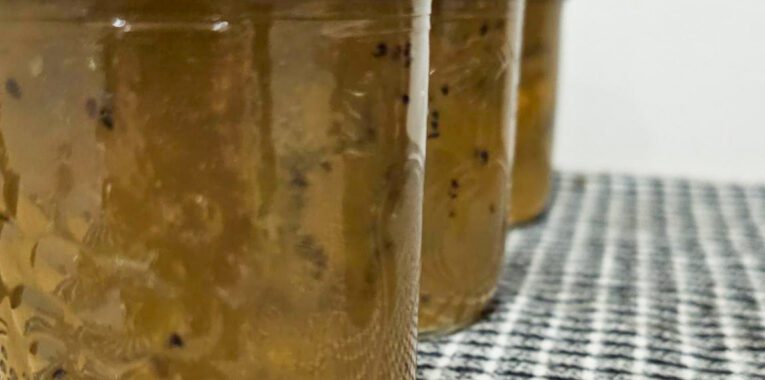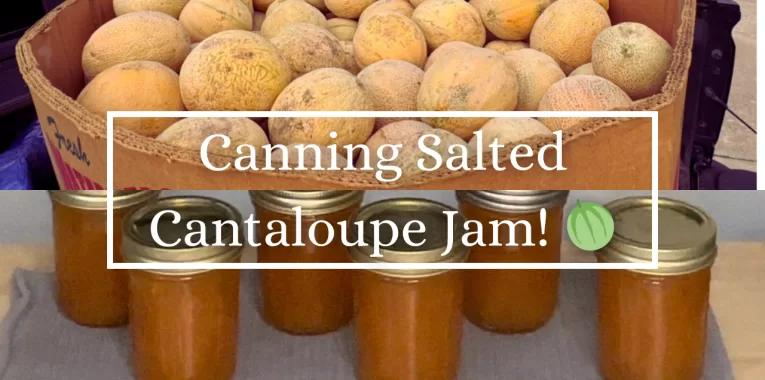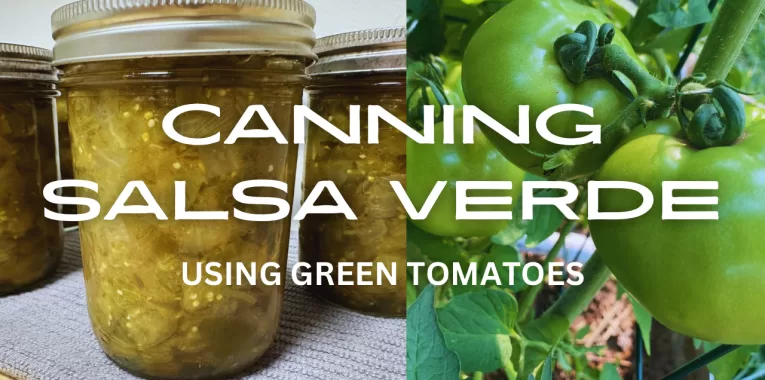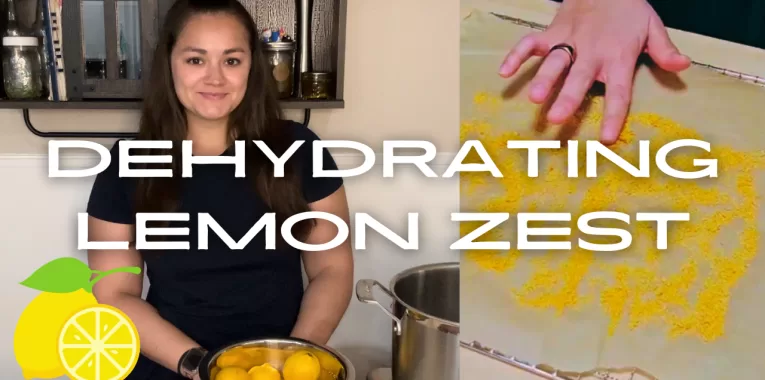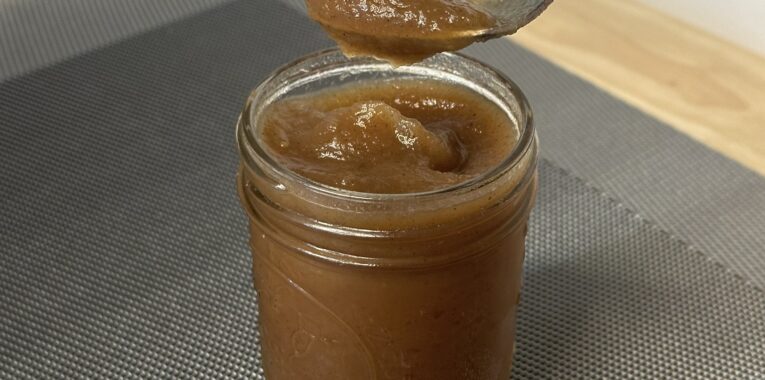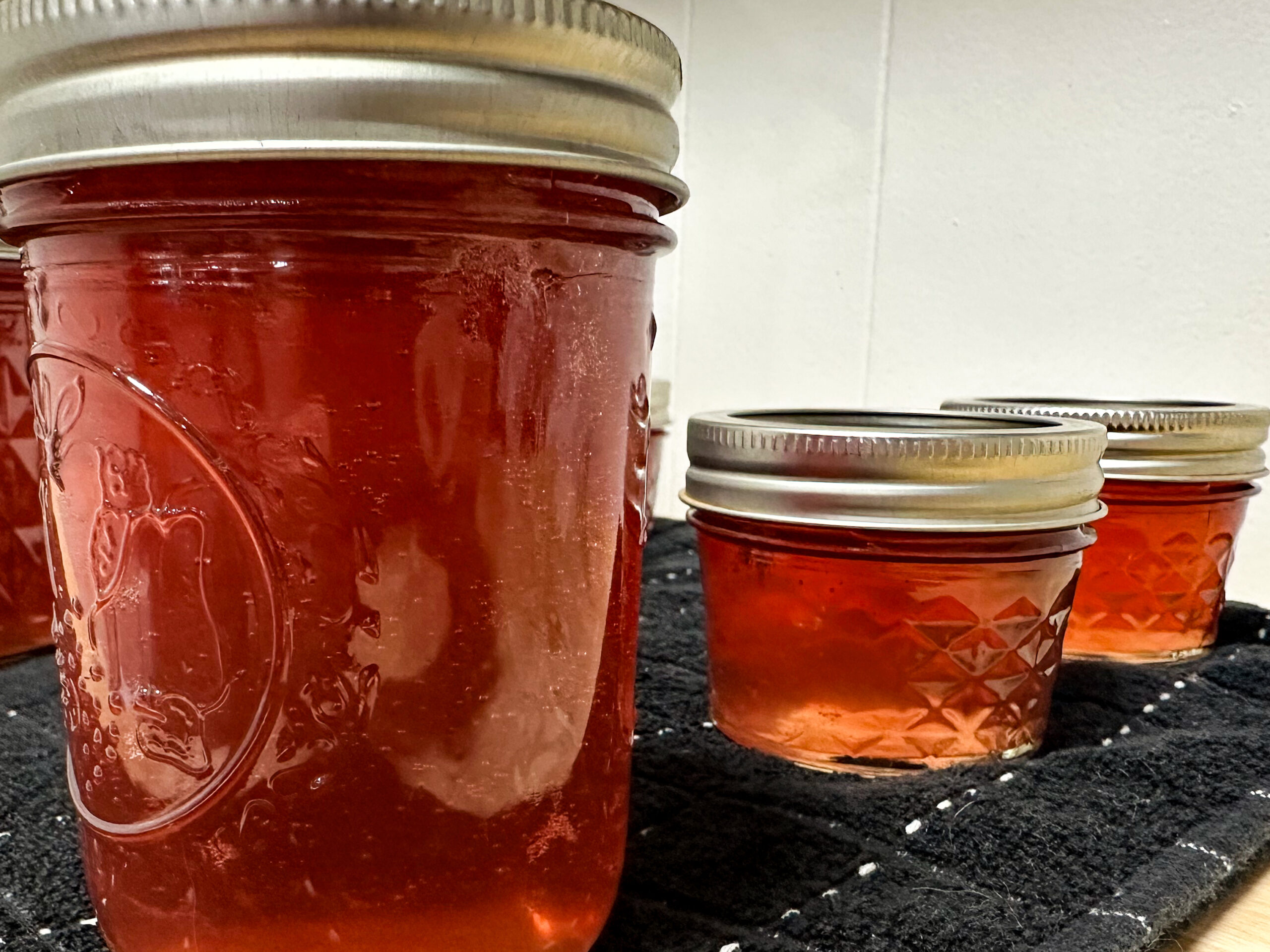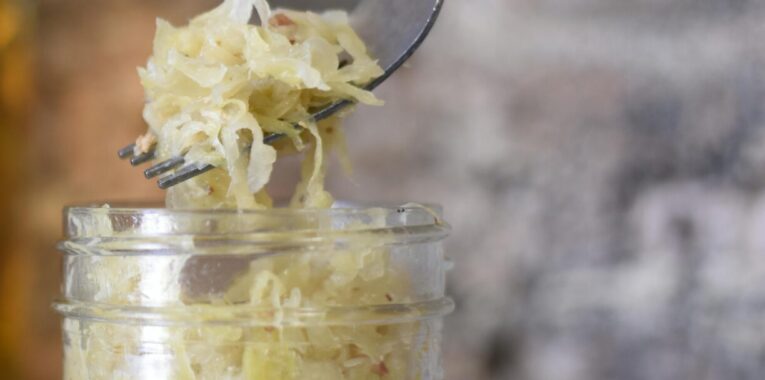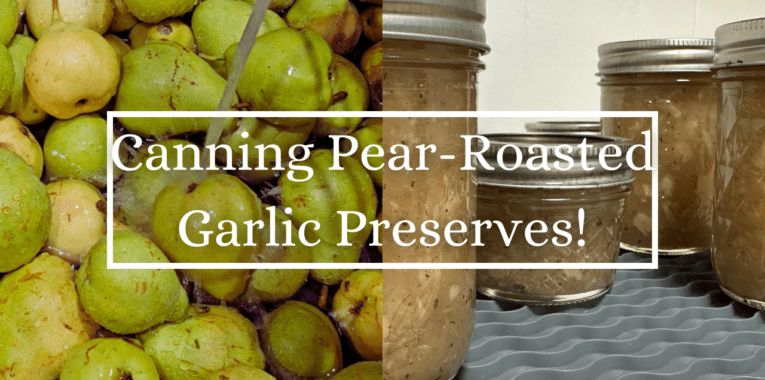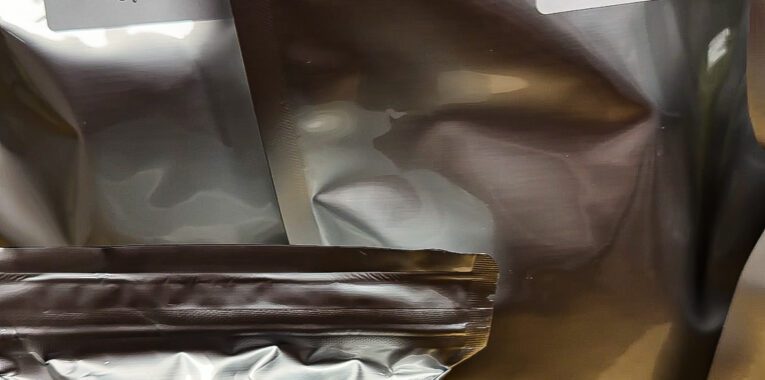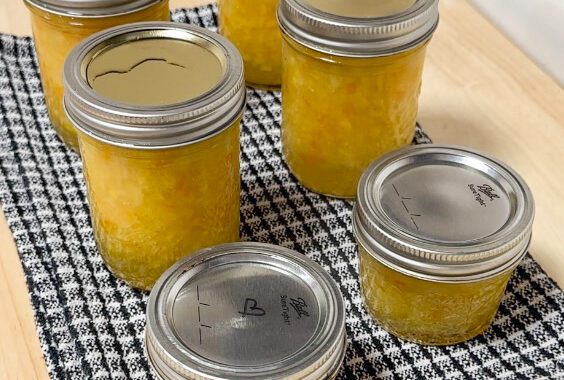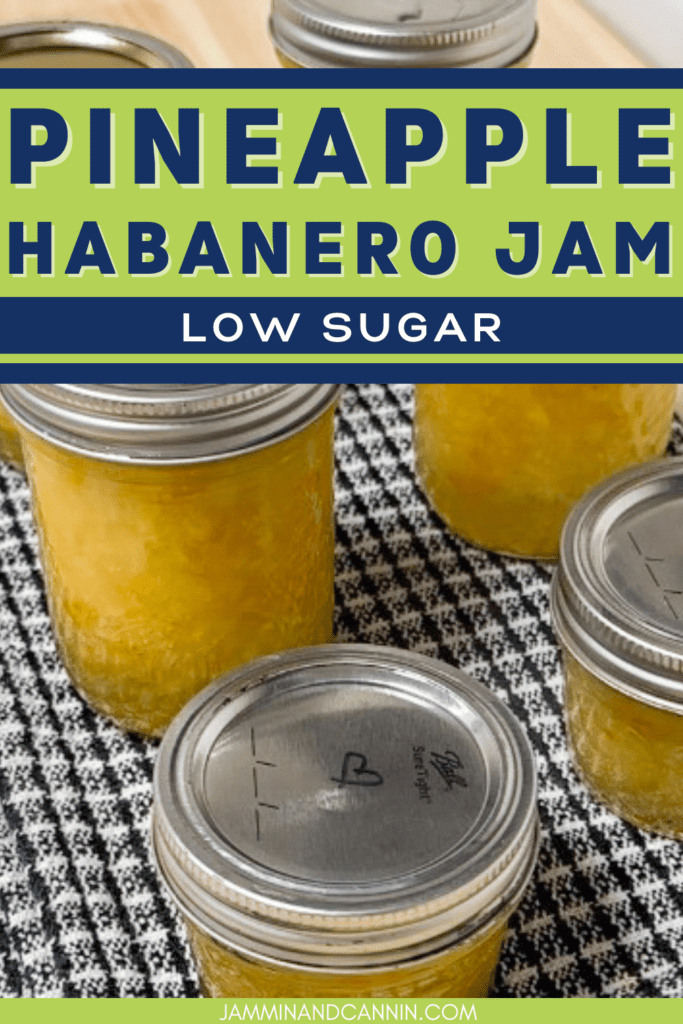No sugar added strawberry jam is so easy to make! And it’s even easier if you own a Ball freshTECH Jam & Jelly Maker! I love my J&J Maker, but I was tired of being limited by the few recipes that come with the Jam & Jelly Maker, so I decided to experiment. The first recipe I tried is my husband’s personal favorite–no sugar added blueberry jam! It’s a Bernardin recipe and you can find my post about it here. Keep reading to learn how to make this strawberry jam in the Jam & Jelly Maker!
As an Amazon Associate, I earn from qualifying purchases.
Why Use the Jam & Jelly Maker?
The Jam & Jelly Maker is so easy to use because it stirs for you! It also doesn’t require that you use your stovetop, which is a bonus if you work full time and do all of your cooking, canning, and baking on the weekends like me! It is so nice to be able to keep a large burner clear for lunch, dinner, or whatever I’m meal-prepping!
Supplies to Make Strawberry Jam
If haven’t read my post about my favorite canning supplies, I recommend taking a look for items that will make canning this recipe easier!
I also highly recommend purchasing either a steam canner or the Ball freshTECH Electric Water Bath Canner and Multi-Cooker, if you are interested in another way to save stovetop space or if you have a glass stovetop and don’t want to put a heavy canner on top of it. I use it exclusively for anything I water bath can. The best feature of this canner is that is can easily hold 12-14 half-pint jars!
Will Other Berries Work in this Recipe?
Yes! According to the Bernardin website, the strawberries in this recipe can be replaced with raspberries, blueberries, sour cherries, gooseberries, or blackberries!
Recipe Video
How to Make No Sugar Added Strawberry Jam in Jam & Jelly Maker
Ingredients
Instructions
- First, mash 4 cups of rinsed strawberries.
- Prepare other ingredients–1 cup unsweetened fruit juice and 49 grams of Ball or Bernardin Low or No Sugar Pectin.
- Sprinkle pectin on bottom of Jam & Jelly Maker, spread strawberry mash evenly over the top, and add in fruit juice.
- Press “Jam” and press “Enter.” The J&J Maker will start stirring.
- After 4 minutes, the J&J Maker will beep. If you are adding any sweetener or butter, add it now, pouring the sweetener evenly over the top of the mixture. Put lid on.
- For the remaining 17 minutes, watch the J&J Maker carefully. If at any time it looks like the mixture may overflow, take the lid off and allow the mixture to cool.
- The J&J Maker will beep again when it is finished. Take the lid off and either store jam in refrigerator or continue with canning instructions.
- Fill clean, warm jars with jam mixture, making sure to leave 1/4-inch headspace.
- Debubble and double-check headspace. Add more jam, if needed.
- Clean rim off to ensure no jam is on it.
- Put a clean lid on and screw on band until fingertip tight.
- Put in water bath canner.
- Fill remaining jars until jam mixture is gone.
- Water bath process for 10 minutes, adjusting for altitude.
- Remove jars and set on towel or wooden cutting board to cool for 12-24 hours.
- Remove bands and check seals. If any jars failed to seal, store in refrigerator and use first.
- Wash jars and store without bands on.
